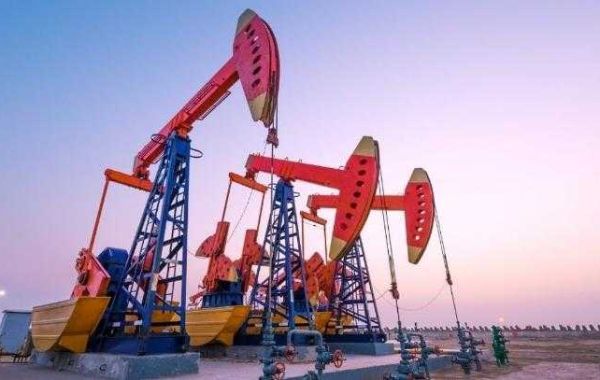In recent years, automation has emerged as a game-changer in onshore drilling, transforming how wells are planned, executed, and monitored.
Why Automate?
Onshore drilling faces several challenges. Safety is paramount, as working with heavy machinery and high-pressure environments carries inherent risks. Additionally, efficiency is crucial for profitability. Automation offers solutions on both fronts:
Enhanced Safety: Repetitive tasks are a major source of human error. Automated systems can handle these tasks consistently and precisely, reducing the risk of accidents.
Improved Efficiency: Automation streamlines workflows, optimizes drilling parameters, and reduces downtime. This translates to faster well completion times and lower operational costs.
Increased Data Insights: Automated systems collect and analyze real-time data from downhole sensors and surface equipment. This data allows for better decision-making, proactive maintenance, and ultimately, a more optimized drilling process.
Machines Taking the Wheel (or Drill)
Automation in onshore drilling encompasses a range of technologies, including:
Robotic pipe handling: Automated systems can handle the heavy lifting and maneuvering of drill pipe, reducing the risk of injury and improving efficiency.
Automated drilling control: Software systems can control drilling parameters like pressure and rotation speed, ensuring optimal performance and wellbore stability.
Real-time data analysis: Automated systems collect and analyze data from various sources, allowing for early detection of potential problems and adjustments to be made on the fly.
The Future of Automation
The future of onshore drilling is undoubtedly connected to automation. As technology continues to advance, we can expect to see:
Increased autonomy: Drilling rigs with greater decision-making capabilities, adapting to downhole conditions and optimizing drilling strategies in real-time.
Remote operations: The ability to monitor and control drilling operations remotely, improving safety and reducing personnel requirements at the well site.
Integration with artificial intelligence (AI): AI-powered systems that can learn from past drilling data and predict potential issues, further optimizing the drilling process.
The Road Ahead
Automation is not about replacing human workers entirely. Instead, it empowers them to focus on higher-level tasks like wellbore planning, analysis, and supervision. As automation continues to evolve, onshore drilling will become safer, more efficient, and more environmentally responsible. It's an exciting time to be a part of this dynamic industry!







